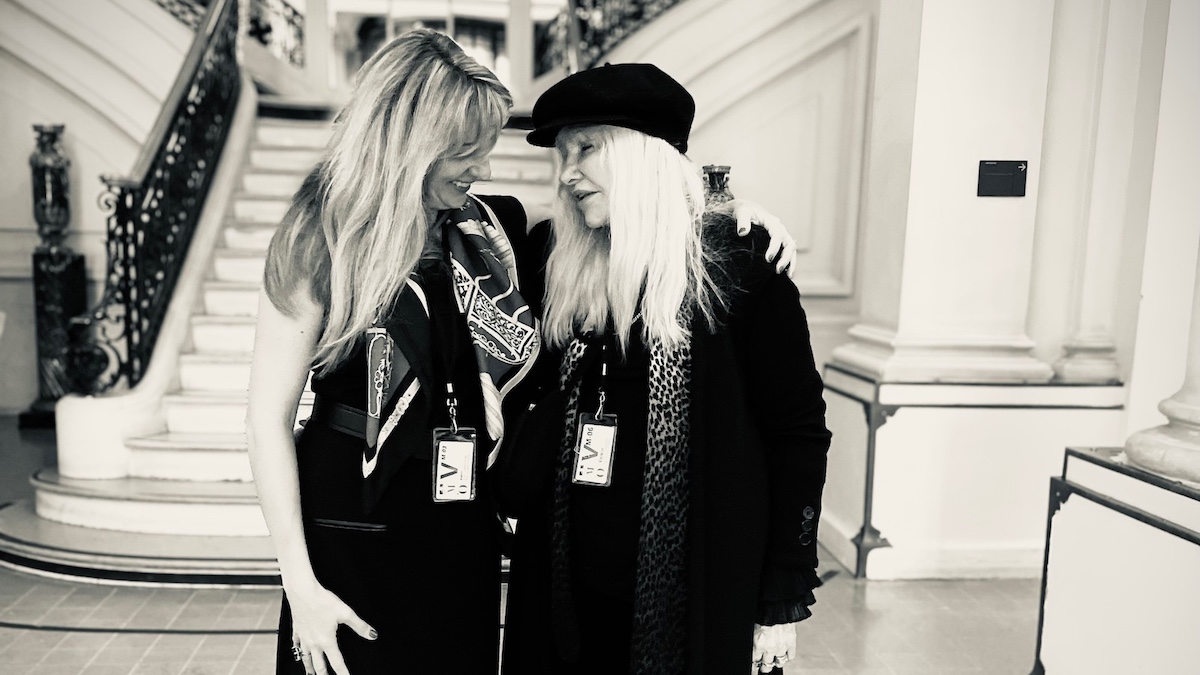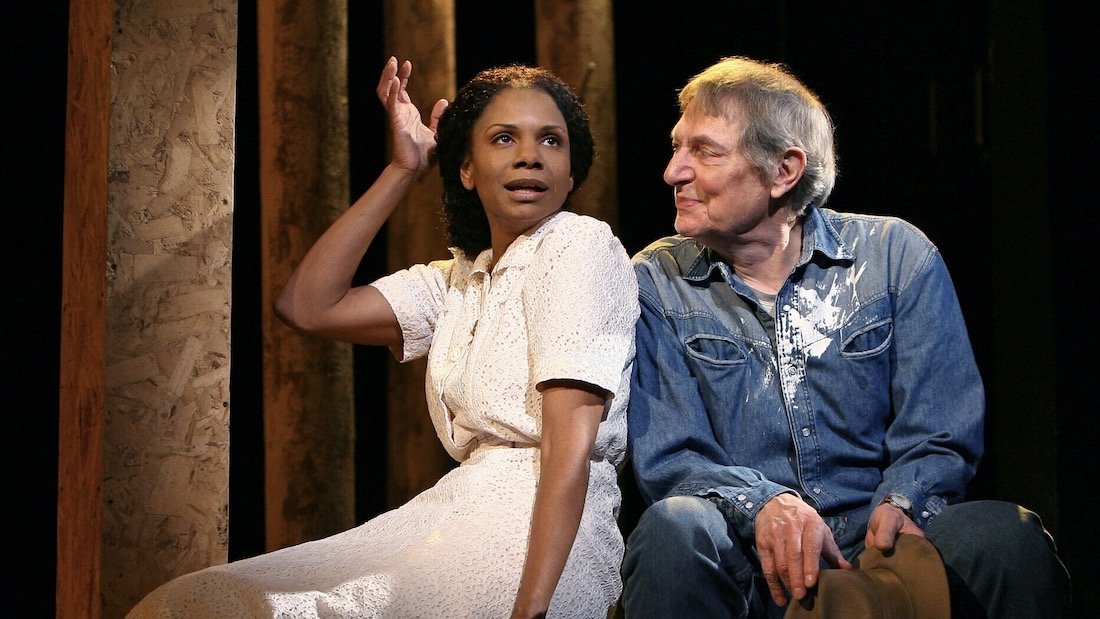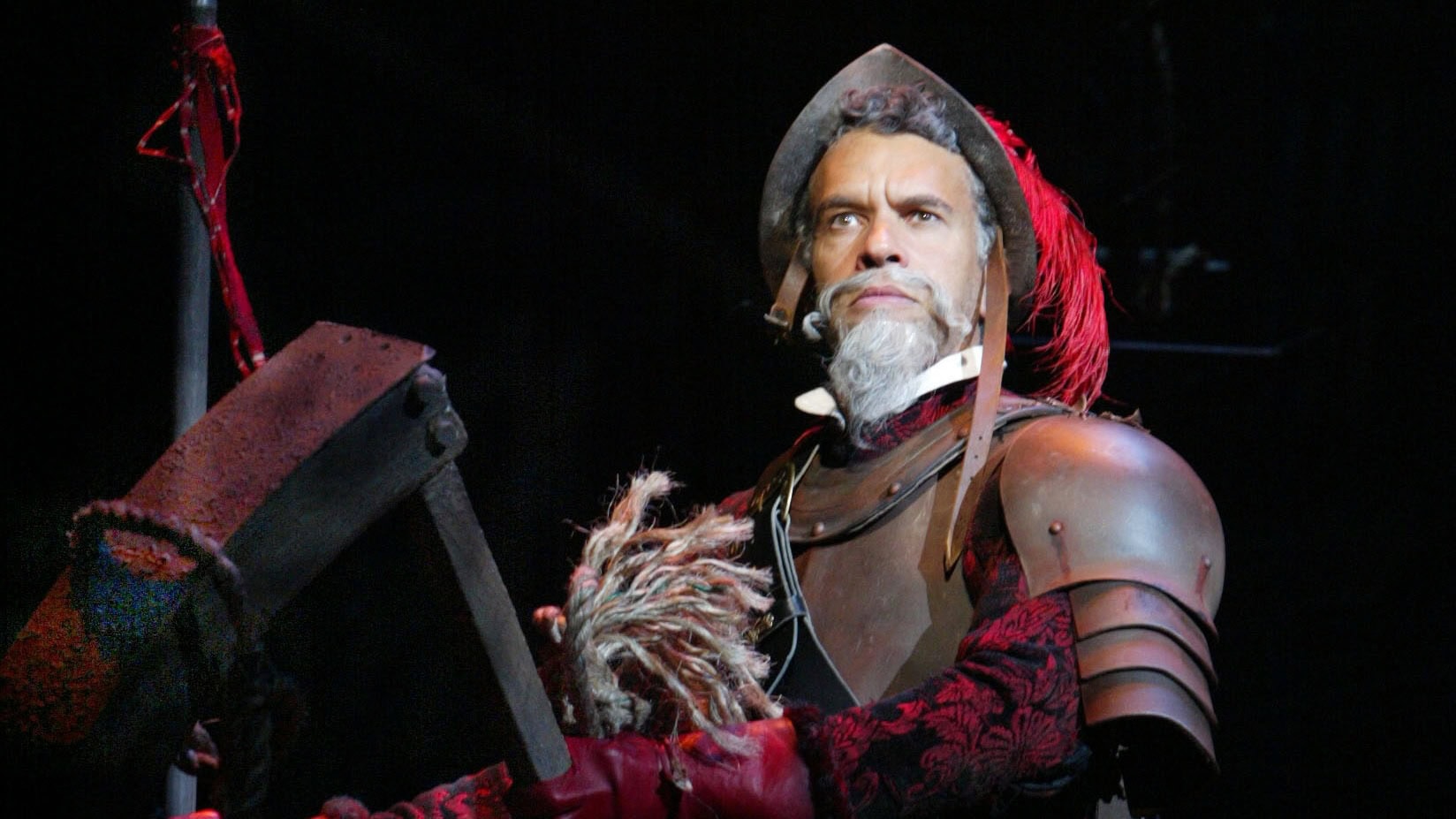
Kate Chopin was an author, which was unusual for a woman in 1800s New Orleans; Kate was also reported to be inspired by the famous French painter Edgar Degas, who visited New Orleans in the post-Civil War era (1872-1873) and subsequently met Kate and – it is rumored – helped inspire her novel The Awakening, which she started writing when she was 40 years of age. Kate lived a difficult life marked by many struggles. When her Creole husband – and the father of her six children – died, Kate was widowed at a young age, left in a precarious financial situation in a small town on the bayou. Over the span of 14 years (1870-1884) living in Louisiana, Kate gathered inspirational material for the 100 short stories and novels she would later write.
Kate’s life is a source of fascination to author and historian Rosary Hartel O’Neill, a Ph.D.-holding academic who specializes in writing historical fiction for the page, stage and screen. Rosary’s stage play The Awakening of Kate Chopin is available for licensing through Concord Theatricals. Her other plays include A Louisiana Gentleman, John Singer Sargent and Madame X and Marilyn/God.
Being a native of New Orleans, Rosary was particularly drawn to Kate’s time in the city. Initially, Rosary wrote a book – and a play – about Edgar Degas’ time in the Big Easy (Degas in New Orleans), and her research into his life resulted in her discovering enough about Kate Chopin to create a follow-up book based in the same time and place. Rosary co-wrote a nonfiction on Kate’s life in Louisiana with her daughter, Rory O’Neill Schmitt, a filmmaker who – like her mother – holds a Ph.D. Together, they compiled the detailed research that was needed in order to bring Kate’s story to life via Arcadia Publishing, a company that focuses on books concerning the histories of various locations across the United States.
Rosary and Rory recently discussed this project via an exclusive interview.
Meagan Meehan: Did you know much about Kate Chopin before you worked on Edgar Degas in New Orleans?
Rosary Hartel O’Neill, Ph.D. (RHO): Nothing. I knew that Kate had lived in New Orleans, that she had written The Awakening set there, and that was about it. Sometimes, people talked about places where she might have lived but I don’t recall the houses they pointed out.
Rory O’Neill Schmitt, Ph.D. (RS): I learned about Kate Chopin when I was a sophomore at St. Mary’s Dominican High School in New Orleans. In our honors English class (taught by an ex-nun), we studied The Awakening. When I re-read my essays on Chopin last year, I recalled this riveting experience as an introduction to feminism at an all-girls, Catholic school.
How much did researching her life teach you about her?
RHO: I learned so much about Kate’s greatness as a person. She had to suffer so much, and yet she became so great through her suffering and through her determination to survive. Giving birth to six children during the time of malaria and yellow fever when the cemeteries were strewn with the bodies of dead children. It was a horrific time. She buried her husband, who died from swamp fever or malaria. She loved this gentle man who devolved into death after going bankrupt, and later she attracted a virile uneducated but dynamic neighbor, with whom she had a promiscuous affair.
RS: For our book Edgar Degas in New Orleans, researching the time of Degas’ visit (October 1872-March 1873) provided me with an avenue to learn more about the climate of Louisiana during Reconstruction. Kate Chopin was living just a few neighborhoods away from him in New Orleans during this time (1870-1879). A big part of relating to Degas’ experience for me was imagining being in the family home full of his female cousins, who were pregnant, giving birth, or rearing children. I’m a mother of two children and whenever I heard of deaths of infants, children, or women in childbirth, it haunts me (Louisiana still has one of the highest rates of female mortality rates after childbirth, 150 years later- 47th in the nation). When writing, my Mom and I kept trying to understand what it was like to be a mother in New Orleans in the 1870s. And, when we started writing about Kate, it was like we already had a front row to her experience. Now, we had an invitation to jump on the stage, go deeper, and really embody her.
How rare was it for women to be published authors in the time and place in which Kate wrote?
RHO: The world was opening up to women in short stories in magazines, like Vogue and Harper’s Bazaar. Kate amazingly did a lot of research before she wrote. She found that stories about the Midwest had no audience, but exotic stories about New Orleans did. So, she set all of her stories in Louisiana. She went to New York to visit editors to promote her work. She wrote for a specific market of women. If the woman in her story was bad, her story got published, as long as the character was punished. The problem with The Awakening was that it was the closest to her heart, yet the heroine did not get punished. For male critics, that was unacceptable. Criticism stalled her career and waylaid her growth as an artist and writer.
RS: Kate was an entrepreneur, a businesswoman. She did her research on the market. Kate devoted herself to becoming a successful author. She was serious about her goals, she tracked everything: what she wrote, where she submitted it for publication, the publisher’s response. We interviewed Dr. Barbara Ewell, Chopin scholar, and her scholarship was insightful. Kate wrote local color stories, which were popular, as newspapers at that time needed filler. Kate met that demand with her stories.
She also started writing at 40. How did she balance that with all of the children that she was raising alone, whilst in pretty dire monetary circumstances?
RHO: How can a woman, who is dependent on her husband (who dies), and then her mother (who then dies), raise six children? I guess you have to read the book to find out how she did it. Somehow, it’s the heroines who launch themselves into impossible circumstances and overcome them that leave us awestruck. We must remember that Kate was five when her father died, and her mother, her grandmother and her great grandmother tutored her and focused her on developing herself intellectually, spiritually, linguistically (she spoke several languages). Kate played the piano, she was first in her class in practically everything. She was surrounded by brilliant people. She was a voracious reader, a voracious writer, and a voracious seeker of culture. She translated fabulous stories of French writers like Maupassant. Her intellect was very sharp, despite all the arrows that were flying.
RS: Kate was a pretty remarkable woman; it’s almost as if with every disaster, she strengthened her resolve… How does any mother, author, businesswoman do it all today?
What was most interesting to you about Kate’s personality and life?
RHO: What was most interesting to me was her rumored love affair with Albert, this dashing post-Civil War soldier. He was like the most sought-after playboy in the bayou; that she could have bed him and enjoyed him at a time of disaster in her life and that she could also have let him go. Kate was a complex, interesting woman, a voluptuous, intellectual woman. The conflicting sides of Kate Chopin made a fascinating study. When she felt threatened, she took out a cigar or cigarette to give herself power. When she was in the country, she rode bareback – at that time, women didn’t even go out unescorted.
How long did it take to compile the research for this book?
RHO: With the book on Kate Chopin, I had already written a play about these characters and spent at least two or three years in research. Research is important because history is putting together facts. It has nothing to do with imagination unless you somehow can infuse imagination into the work.
RS: The story of Kate Chopin had been brewing in Mom’s mind for decades. She wrote a play, The Awakening of Kate Chopin (Samuel French, 2010), which was inspired by historical research. Kate still inspires Mom. Our publisher, Arcadia Publishing, was interested in Kate Chopin in New Orleans as a sequel to Edgar Degas in New Orleans. And, as soon as we submitted the finalized Degas manuscript to the editor (2022), we began writing about Kate. We expanded our research, interviewing Chopin scholars all over the world, and speaking with Kate’s descendants, and historians (like New Orleans history expert- Dr. C.W. Cannon) and costume specialists. We inhaled books, articles, films, and dissertations related to Kate. We included vivid photography of New Orleans to help us tell our story (by local artists: Rachelle O’Brien, Cheryl Gerber, and Robert Schaefer, Jr.). We infused the boldness and richness of the story of Kate’s life with historical accuracy (we salute the Chopin brilliant scholarship of Dr. Emily Toth). We want readers to feel like they are walking with Kate and feel lifted up by her courage.
What is it like to work together as a mother-daughter duo?
RHO: I mean this is the most enjoyable part of writing, that I could work with someone whom I love so dearly. Rory watched me when I was a young woman writing, and now, she is surpassing me. We work together so closely. I would write the books just to be with her, as I delight in her company so much. We have shared so many experiences in New Orleans, New York and Paris. I’ve known her almost all of my life, and all of her life. It is just pretty incredible writing a book with her, so much love, so much confidence, and so much courage. I love working with Rory. I write the books just to work with her.
RS: Writing with Mom is fantastic, complex, exciting. Sometimes, it feels like we are one person. Sometimes, it feels like we balance each other out. She pushes me, she inspires me, she helps me to believe in myself. She doesn’t let me give up. And she’s unstoppable! As a writer, it’s like I’m training for a NYC marathon running with her. (Actually, some of our meetings are exercising next to each other: I’ll be on the treadmill, and she’ll be on the stationary bike. We generate surprising new ideas this way.) We feed off each other’s creativity, depth, joie de vivre. Oh, and we laugh!
How did you find the publisher?
RHO: That was one of the most difficult experiences: to find a publisher. I mean, they say there are 15,000 books for every 1 publisher. That’s kind of daunting. But I think you have to be sort of courageous and lucky. I met my editor from Arcadia Publishing at a conference in New Orleans. I was lucky enough to take her on a walking tour of the French Quarter and talk to her about my books, and show her my apartment off Royal Street, so that I could hopefully let her understand that I knew a little bit about the city. She bought my book on New Orleans Carnival, which of course I spent six years writing. And then after the success of the Carnival book, I received contracts to write the other books: New Orleans Voodoo, Edgar Degas in New Orleans, and Kate Chopin in New Orleans (my three books with my daughter). My daughter also received a wonderful book contract to write about Native American art from The History Press. So, one book led to the others. You get one crack at it. If you are fairly committed and serious, and you give your life to writing all day long, you get another crack at it, and then another. I feel that God blessed us in that way.
What other stories are you working on now?
RS: We’re writing about a beautiful muse who captivated Impressionists, and who just so happened to be from New Orleans. In the late 19th century, John Singer Sargent painted Amelie Avegno Gautreau in Paris, and named his masterpiece: Madame X (now exhibited at the Metropolitan Museum of Art). She was a formidable, enigmatic, breathtaking Creole exile.
RHO: Amelie’s childhood in Louisiana shaped her in Paris to become the Mme. X of that painting.
Why do you enjoy researching and writing about historical figures?
RHO: I fell in love with history because the facts of life, like birth, death, marriage, and all these other experiences shaped the characters. When you look at history, you see characters who were able to surmount impossible circumstances. This gives you courage to overcome the tiny ones in your life and maybe make choices that help you to bear the pain. I love writing about Louisiana and I particularly like writing about these global figures that came here. I focused on Louisiana history because I have had one life and lived most of it in New Orleans. Like Kate Chopin, I have found the people here are very curious. My goal is to remove their veils and create stories that teach about history in a way that they experience it.
For more information about the plays of Rosary Hartel O’Neill, visit Concord Theatricals in the US or UK.

Plays that Inspired Musicals

QUIZ: Which Character from The Lightning Thief Are You?

